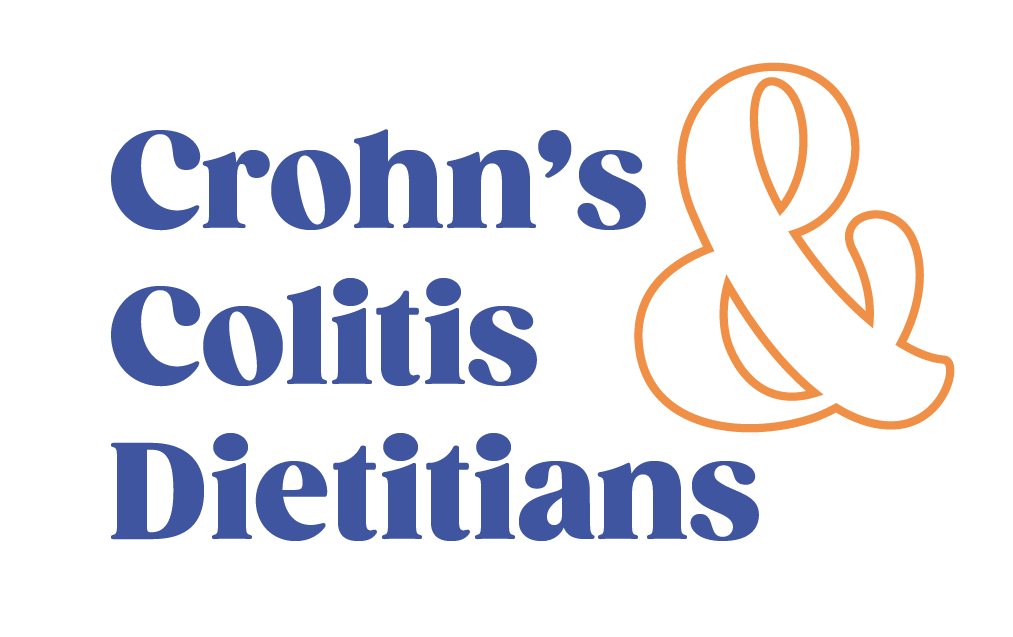Got Iron Deficiency? Everything You Need to Know About Iron
Understanding iron can be confusing at times since there are multiple markers that are looked at to define our iron status. As IBD patients, we know that our condition can lead to multiple nutritional deficiencies, including iron deficiency with or without anemia.
There are many questions concerning the role that iron plays, what labs should be measured, and how to correct deficiencies. Today we will cover all of these questions and more!
What Is Iron & Why Is It Important?
Iron is a mineral that is consumed in our diets and has many essential functions, like carrying oxygen and maintaining growth and development. The body keeps close tabs on iron because excess can be toxic, so iron stores are tightly regulated.
Other important roles of iron include:
- Physical growth
- Neurological development
- Cellular functioning
- Synthesis of hormones
How Much Iron Do I Need?
The Recommended Dietary Allowance (RDA) for women between the ages of 19-50 years of age is 18 mg per day while the RDA for men is 8 mg per day. These recommendations can fluctuate depending on the person and their individual needs.
How Does Iron Get Low?
Iron levels become low with conditions that cause blood loss, including IBD and other digestive disorders. There are other conditions that cause low iron levels by way of increased demand including:
- Pregnancy
- Certain medications
- Celiac
- Chronic illnesses, like IBD
Which is why, for example, a woman who is menstruating or is of child-bearing age is recommended to have higher amounts of iron compared to the general population.
What Is The Difference Between Iron Deficiency and Iron Deficiency Anemia?
Iron deficiency is when there is a lack of dietary iron or when the body’s iron needs are greater than what is available, ultimately leading to a deficiency. Conditions such as chronic inflammation and lower iron absorption rates can lead to iron deficiency.
Transferrin tends to be higher and transferrin saturation is lower when iron deficiency is diagnosed.
Iron deficiency anemia is when the body is unable to make enough iron and thereby lowering hemoglobin levels. Red blood cells will also become smaller in shape and lighter in color. In some of these cases, depending on the root cause of the deficiency, iron supplementation is recommended.
What Are The Complications of Iron Deficiency and Anemia?
Iron deficiency and Iron Deficiency Anemia is a very common occurrence in IBD that contributes to overall symptoms like:
- Chronic fatigue
- Shortness of breath
- Lethargy
- Weakness
- Pale skin
- Brittle hair and nails
- Changes in body temperature
- Chest pain
How Do I Interpret My Lab Work?
It is common for your doctor and dietitian to check different iron levels to determine overall status, but what does it all mean?
Common labs on an iron panel alongside a complete blood count (CBC) include:
- Iron
- Ferritin
- Transferrin
- TIBC (total iron binding capacity)
- Folate
- Vitamin B12
- Reticulocyte count
Iron is stored in the body as ferritin and is delivered throughout the body by transferrin (a protein in blood that binds to iron). Most of the 3-4 g of elemental iron in adults is in hemoglobin. Hepcidin, a circulating peptide hormone, is the key regulator of both iron absorption and the distribution of iron throughout the body. Serum ferritin, a marker of iron storage, then helps us determine if you have too much or too little iron in the body.
Here is a quick reference guide for what each marker represents:
- Serum ferritin = level of ferritin in the blood, how much iron your body stores
- Ferritin = a blood protein that contains iron, an acute phase marker, meaning that it may reflect changes in iron status before changes in total iron (a more robust or chronic marker); iron is stored in the body as ferritin
- Percent saturation = checks how many places on your transferrin that can hold iron are actually doing so; normal values are between 15% and 50%.
- Transferrin = a blood-plasma glycoprotein, which plays a central role in iron metabolism and is responsible for ferric-ion delivery. Transferrin functions as the most critical ferric pool in the body. It transports iron through the blood to various tissues such as the liver, spleen, and bone marrow
- Hemoglobin = a protein in your red blood cells that carries oxygen to your body’s organs and tissues and transports carbon dioxide from your organs and tissues back to your lungs; not specific or sensitive enough to determine iron status on its own
- Hematocrit = the ratio of the volume of red blood cells to the total volume of blood; not specific or sensitive enough to determine iron status on its own
- Anemia = low red blood cell count
- Reticulocyte count = measures the number of reticulocytes in the blood. Reticulocytes are red blood cells that are still developing
- Total Iron Binding Capacity = measures the blood’s ability to attach itself to iron and transport it around the body. A transferrin test is similar. If you have iron deficiency (a lack of iron in your blood), your iron level will be low but your TIBC will be high
What Are The Stages Of Iron Deficiency?
- Stage 1 is iron depletion, which means iron stores in the bone marrow, liver, and spleen become depleted. This stage is characterized by serum ferritin below 35 µg/L, hemoglobin above 115 g/L, and transferrin saturation greater than 16%.
- Stage 2 is marginal deficiency, or also known as iron-deficient erythropoiesis. Iron stores are depleted, iron supply to erythropoietic cells and transferrin saturation decline, but hemoglobin levels are usually within the normal range. This stage is characterized by serum ferritin below 20 µg/L, hemoglobin above 115 g/L, and transferrin saturation less than 16%.
- Stage 3 is iron deficiency anemia where hemoglobin production fails. Iron stores are exhausted resulting in anemia. This stage is characterized by serum ferritin below 12 µg/L, hemoglobin below 115 g/L, and transferrin saturation less than 16%.
How Often Do I Test?
Depending on the stage of your iron deficiency and the degree of anemia, your healthcare provider may suggest a different timeline but we recommend checking iron status at least every 6 months to a year. If you have begun a supplemental iron regimen, we recommend checking status every 3 months to determine if dosage should be adjusted.
What Can I Do To Improve Iron Status?
Increasing dietary intake of iron sources is a great way to improve iron status. As mentioned earlier, hepcidin is the master regulator of iron, so when stores are low hepcidin will help your body absorb more iron.
Dietary sources of iron come from two sources including heme and nonheme iron. The difference between the two is heme iron is found in animal products while nonheme iron is predominantly found in plant-based sources.
Non-heme iron is not as bioavailable as heme iron and therefore those who follow a vegetarian or vegan diet may need to supplement. To put this into perspective, roughly 25% of heme iron is absorbed compared to 17% of nonheme iron (2).
You can easily improve the absorption of nonheme iron sources by consuming a heme iron source (such as fish) alongside it or by eating a nonheme source with a source of Vitamin C (like oranges, peppers, or strawberries).
Heme iron sources include:
- Fish
- Oysters
- Poultry
Non-heme iron sources:
- Spinach
- Lentils
- Nuts & Seeds
- Fortified cereals
- Legumes
- Beans
Key Points To Address With Your Healthcare Team
Iron deficiency is a commonly occurring condition in the IBD population that contributes to overall symptoms. With the right team of people, iron status can be improved upon and maintained, which can ultimately improve quality of life, chronic fatigue, and the disease process.
If you are looking for a specialist dietitian to help you interpret your lab work or improve iron status, book a call here. We are currently accepting new clients and would love to help you!
References:
- Slusarczyk, P., and Mleczko-Sanecka, K. (2021). The Multiple Facets of Iron Recycling. Genes (Basel). 2021 Aug 30; 12(9):1364. https://doi.org/10.3390/genes12091364
- Moustarah, F., and Mohiuddin, SS. (2022). Dietary Iron. StatPearls [Internet]. Last Update: April 21, 2022. https://www.ncbi.nlm.nih.gov/books/NBK540969/
- Kumar A, Brookes MJ. Iron Therapy in Inflammatory Bowel Disease. Nutrients. 2020 Nov 12;12(11):3478. doi: 10.3390/nu12113478. PMID: 33198376; PMCID: PMC7697745.




I have Iron 297 doctor told me a litlle high what I can do make lowers or is not dangerous?
We can’t give individualized guidance on a blog- that wouldn’t be ethical. You are welcome to reach out for an appointment though!